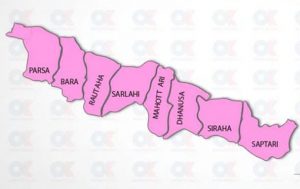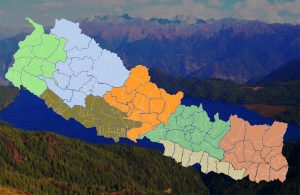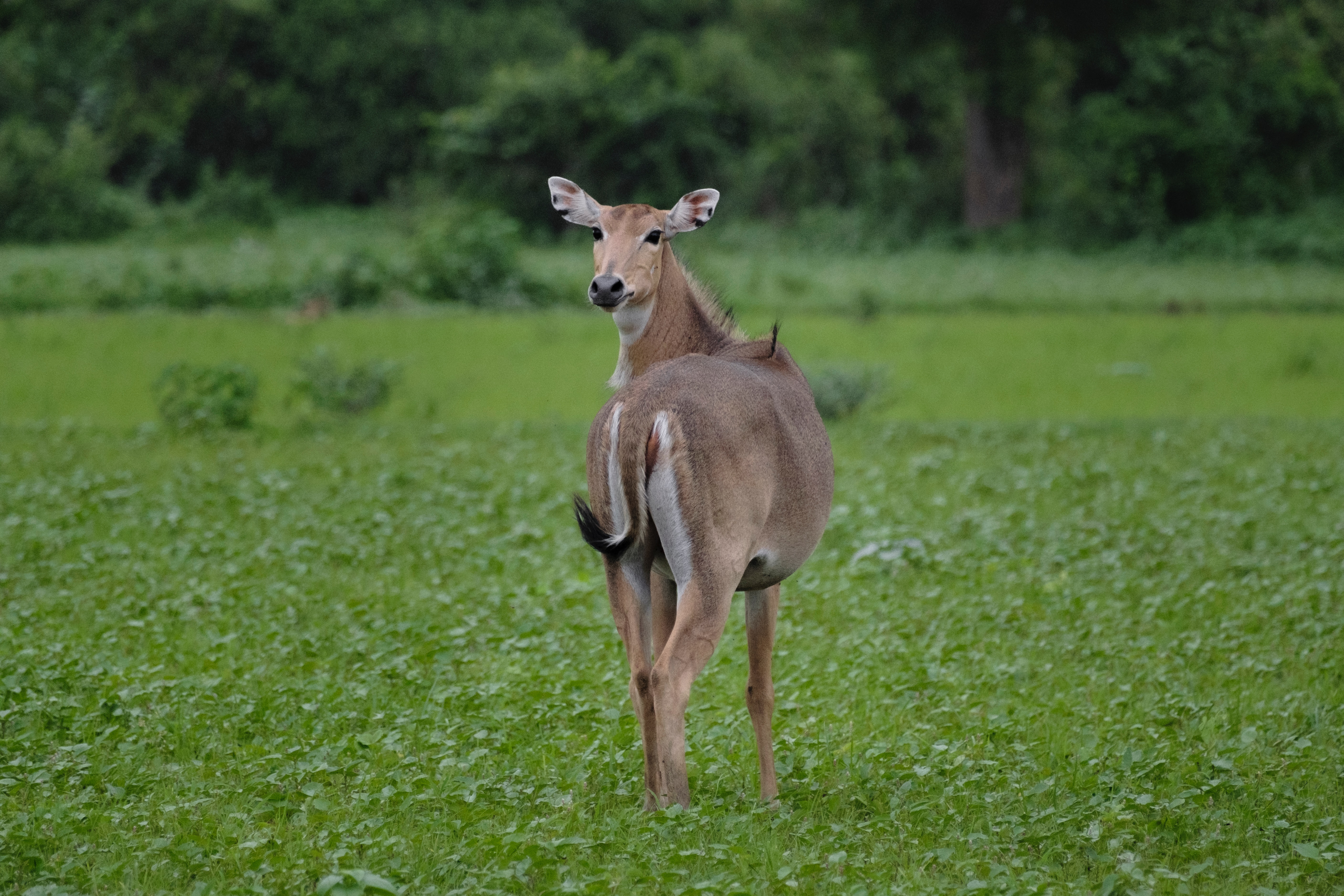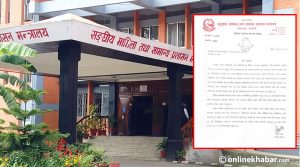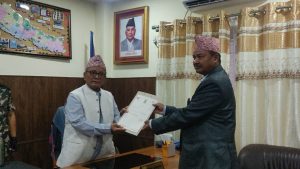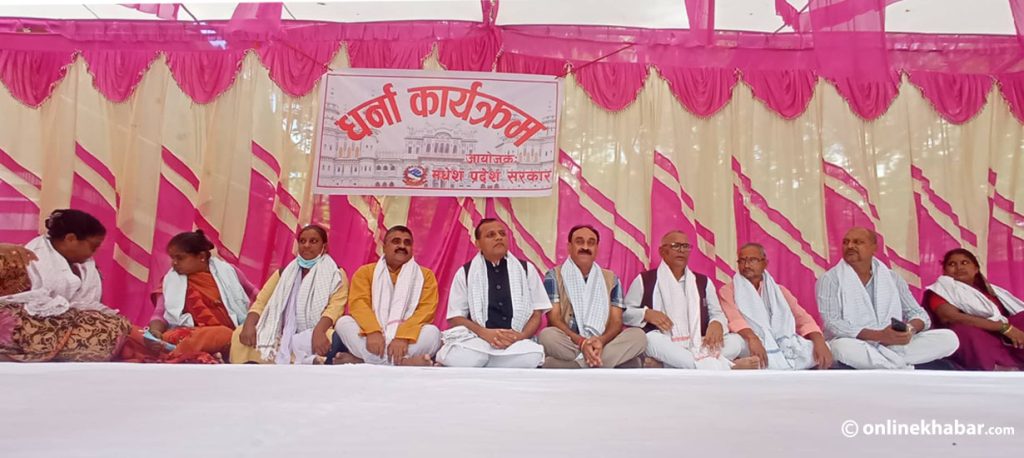
“It is too early to judge whether the federalism in Nepal has been successful or not;” the sentence is often used as an exemption whenever asked about the effectiveness of the current structure of polity. But, since, the nation is on the verge to conduct the next federal and provincial elections, the time has come to judge the federal model at least with its initial reports in Madhesh.
The inception of federalism in Nepal
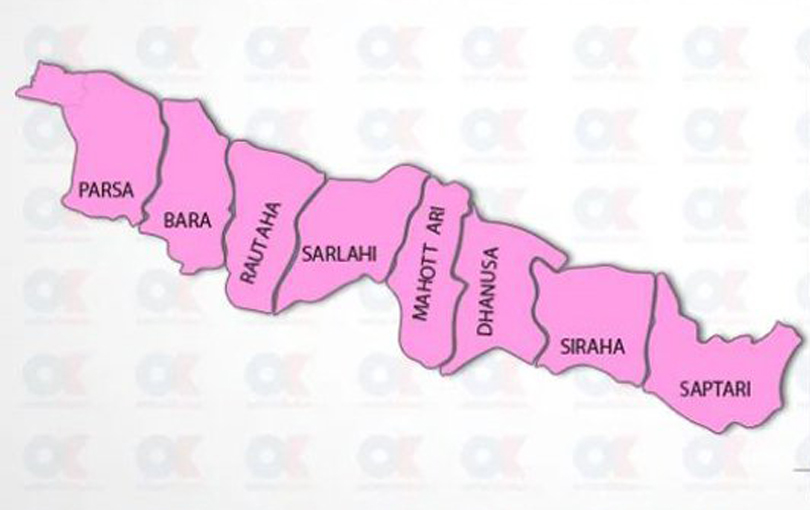
After the fall of the monarchy, the imagination of Nepal as a federal democratic republic was understood as a panacea for all racial, cultural, representational and administrative ills. Madhesh, through numerous efforts, raised the demand for federalism in Nepal to institutionalise its political identity, suppressed for a long in a unified regime.
Federalism in Nepal continued to be the core agenda of the comprehensive peace accord between the government and the insurgents (Maoists). But, time and again, the issue was ignored, which caused the trust deficit of Madhesh in mainstream politics. It raised frustration and resulted in a series of protests in the region. Finally, after an amendment to article 138(a) of the constitution, federalism in Nepal was guaranteed. It resulted in the adoption of the federal model of governance in the constitution, paving the way for self-autonomy and better governmental outcomes.
The impact
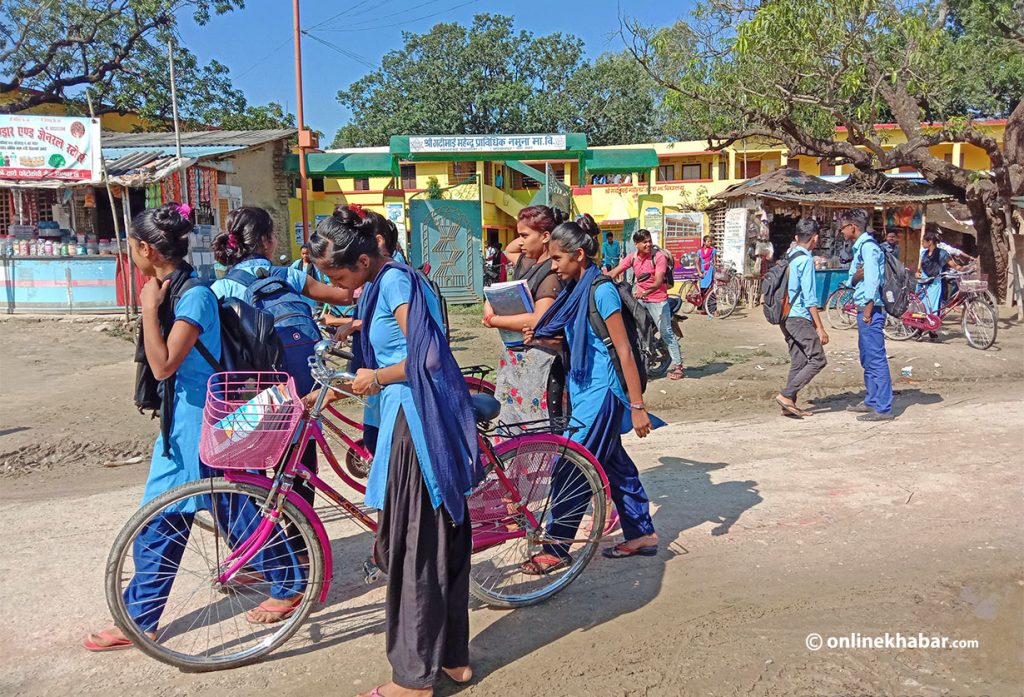
The exercise of federalism erased the political apathy of the Madheshi populace towards participation in governance. The experience of being elected as an office-holder in their respective ward as well as municipalities and promoting the responsible mode of governance and administration is quite new for a community that mostly remained unheard and excluded since time immemorial. Ease of getting service is one of the major changes brought about by federalism in Nepal. This has not only saved the time, effort and money of the common people but also has consolidated the slogan of “Ghar-Ghar ma Singhadarbar” through which the notion of federalism was branded across the country.
Revival of representation at the local level has also shown a multiplier effect on accommodating diverse cultural, caste and gender-based demography at all levels of decision-making since there is now a secured and reserved seat for one Dalit woman out of five persons elected in each ward.
Madhesh as a province of the federal democratic republic of Nepal seems to be well aware of the distinction between federal, quasi-federal, and decentralised governments. That is why it shows its reluctance to be treated as a developmental unit of Kathmandu. For the provincial government, this reluctance is quite justifiable since the crux of federalism is to grant a set of powers to the provinces against the centre.
The constitution, being a source of division of power, grants some impregnable autonomy in certain sectors. The Madhesh province has dragged the federal government into the apex court in numerous episodes as the central government has constantly breached its jurisdiction. For example, the 6th schedule of the Constitution of Nepal clearly mentions that the power to manage the national forest, water usage and environmental management within a province shall rest with the province whereas the 7th schedule talks about the concurrent powers. However, the central government has continuously been involved in digging deep tube wells and other small groundwater projects which are supposed to be done by the province itself.
The legal battle continued in the case of the Sagarnath Forestry Development Project. The federal government was trying to merge the SFDP into the Timber Corporation of Nepal by expanding it as a corporation. The provincial government took the matter to the court. The relief was sought on the basis of schedule 6(19) of the constitution which disallows the federal government to take over any forest of the provincial government. The constitutional bench of the court issued a show cause notice and maintained a temporary status quo by ordering the federal government not to act upon the matter till the next date.
What next?
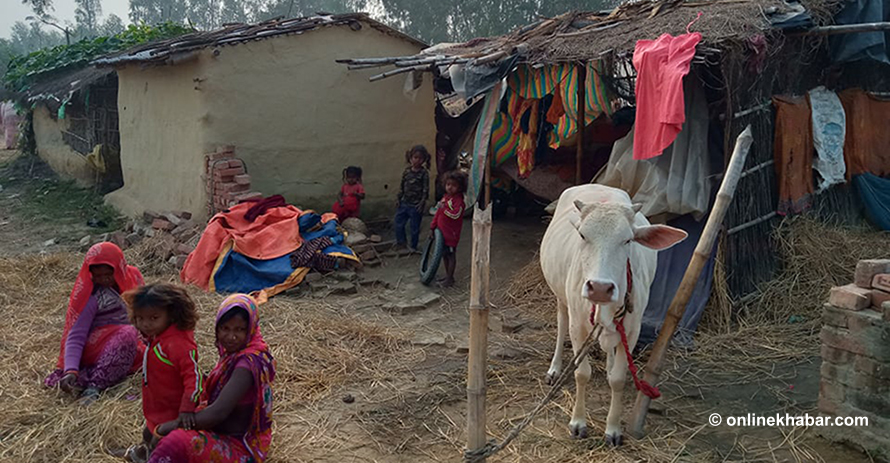
Madhesh has its grievances over several other conducts of the central government regarding the implementation of federalism in Nepal, leading to legal battles over power-sharing issues like police adjustment, transfer of district forest officers, and confinement of the chief attorney’s office only within civil and writ jurisdictions.
The Madhesh province is subjected to high expectations to implement federalism in Nepal as compared to other provinces since federalism is one of the very few achievements that Madhesh has got through numerous movements, facing violence, unrest, extra-judicial killings and whatnot. Therefore, Madhesh itself sees this as an opportunity it had been seeking for years.
There are visible changes. Firstly, the government was seen far more stable in comparison with the other six provinces. Necessary legislation has been made on a plethora of issues such as the Dalit Empowerment Act. Women are provided with 50 per cent of reservation in employment opportunities.
There is enthusiasm and hope in Madhesh for federalism in Nepal. Of course, there are shortcomings but they shall hopefully be minimised in the long march of practising federalism.




